This article contains collapsible sections with activity materials, instructions, and additional resources. Use the expand/collapse buttons to view each section.
Activity Content Sections
Click to expand or collapse the materials needed section


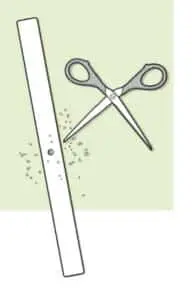 Preparing Stirrers (ask an adult for help). Using a scissors (or a Phillips head screwdriver), an adult should make small holes in the stirrers. Turn and twist one blade of a sharp scissors in one spot until it goes through the other side. In half the stirrers, make one hole in the middle. In the others, make two holes — each about two inches from the ends of the stirrer. This will allow you to make different types of levers.
Preparing Stirrers (ask an adult for help). Using a scissors (or a Phillips head screwdriver), an adult should make small holes in the stirrers. Turn and twist one blade of a sharp scissors in one spot until it goes through the other side. In half the stirrers, make one hole in the middle. In the others, make two holes — each about two inches from the ends of the stirrer. This will allow you to make different types of levers.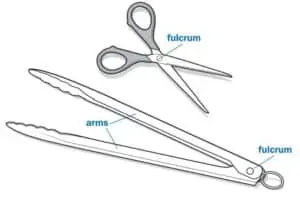 BRAINSTORM & DESIGN
BRAINSTORM & DESIGN One good way to start is by connecting two paint stirrers with a brass fastener to make a lever that can open and close.
One good way to start is by connecting two paint stirrers with a brass fastener to make a lever that can open and close.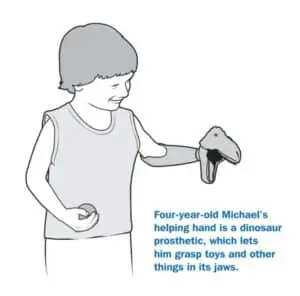 There’s something unique about four-year-old Michael. Born with six inches of his left arm missing, Michael wears a standard prosthetic (i.e., artificial) hand. It has some limitations—Michael can pick up and hold things, but can’t squeeze or press very hard. Michael’s father wanted him to be able to do more with his prosthetic hand and have some fun in the process, so he contacted engineers at the Open Prosthetics Project. Together, they built Michael two extra hands unlike any you’ve seen! One is a dinosaur puppet Michael uses to grip things by controlling its jaws. The other is a fishing rod Michael uses to catch fish and reel in stray toys. Michael’s father continues to think up and build more hands for Michael. “Once you have the training,” he says, “you can conceive, design, and build whatever your imagination pictures.”
There’s something unique about four-year-old Michael. Born with six inches of his left arm missing, Michael wears a standard prosthetic (i.e., artificial) hand. It has some limitations—Michael can pick up and hold things, but can’t squeeze or press very hard. Michael’s father wanted him to be able to do more with his prosthetic hand and have some fun in the process, so he contacted engineers at the Open Prosthetics Project. Together, they built Michael two extra hands unlike any you’ve seen! One is a dinosaur puppet Michael uses to grip things by controlling its jaws. The other is a fishing rod Michael uses to catch fish and reel in stray toys. Michael’s father continues to think up and build more hands for Michael. “Once you have the training,” he says, “you can conceive, design, and build whatever your imagination pictures.”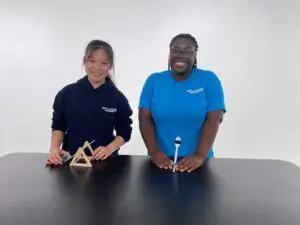
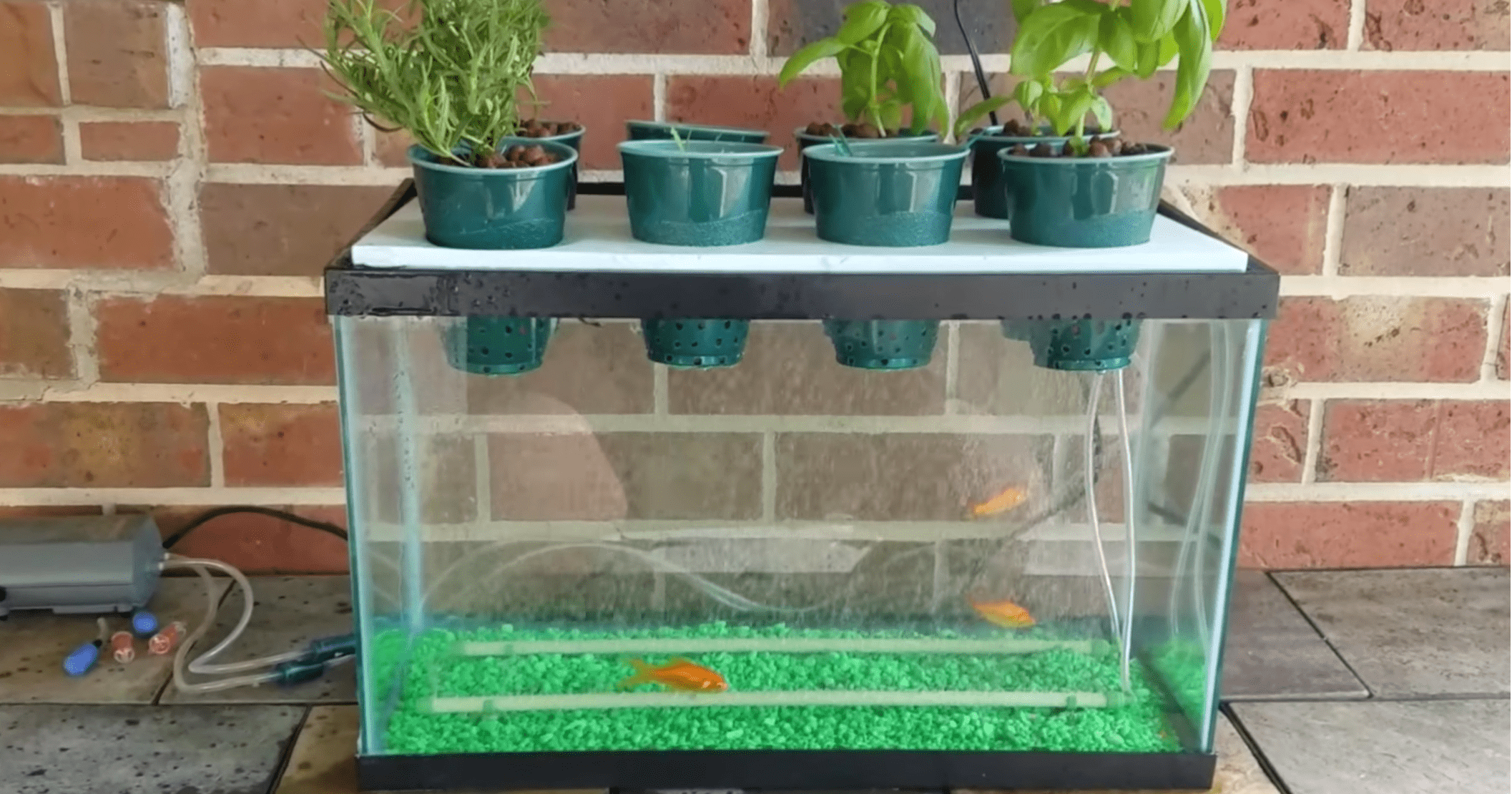



2 Comments
No English download?